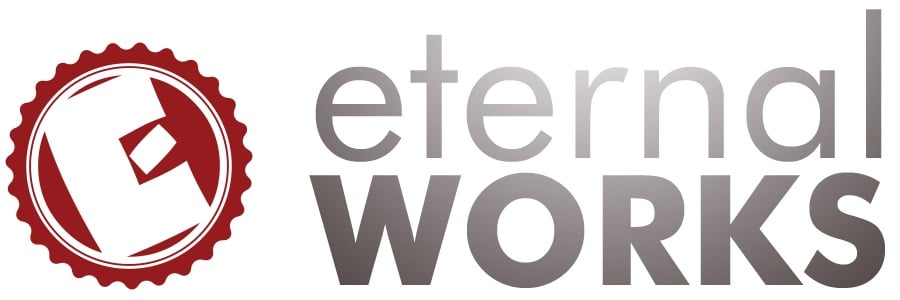When faced with filling an open position, most hiring managers often take shortcuts to fill it fast and avoid company downtime. Recruiters need a well-thought-out staffing strategy that culminates in superior applicant quality, a consistent flow of job candidates, and subsequent talent retention. This is why every recruitment process today should be treated as a sales campaign that combines best marketing practices with an understanding of organizational needs.
Here's how to treat your employee recruitment process like a sales campaign.
Using Sales Campaign basics in the Employee Recruitment Process
A sales campaign is a strategic and targeted approach to promoting, marketing, and selling a company's products or services. It can generate leads, increase conversion rates, and boost revenue when done correctly. Like a sales campaign, an efficient recruitment process promotes an organization and delivers the right message to the best candidates.
Unfortunately, many hiring managers believe a candidate must sell themselves to the employer during an interview. They don't consider how crucial it is for them to sell the company, while promoting a position and culture to the new recruits.
Most candidates are passive job seekers who will not leave their current positions unless they see compelling reasons to do so. As you would convince buyers that your product benefits them, you must show new hires what makes you a great employer. To that end;
Address your future employee directly
Recruitment campaigns are like marketing initiatives that require a thorough understanding of your ideal persona and creating an intelligent advertisement to encourage engagement. Creating candidate personas eliminates the need for businesses to deal with hypotheticals or assumptions about what they may require in new hires.
Instead, it enables you to zero in on prime candidates who will be valuable assets to the organization. When you identify invaluable interviewee characteristics, you are able to know where to focus your attention when advertising on job boards.
This effectively makes the recruitment process easier and faster. It also simplifies the process of running background and reference checks to ensure candidates are legally fit for the position.
Highlight your company's best qualities
Discussing current employee experience from a peer perspective reveals why your existing staff enjoys working for you. Outline how they would fit well within the organization's inclusive and vibrant culture while keeping any unconscious bias in check.
Think of what makes a workplace fun and engaging, without implying frivolity. Fun fosters active participation and teamwork and also breaks down barriers. Engaged workplaces attract people who want to invest in staying and doing remarkable work.
This is a big deal, considering a Gallup survey found that 51% of employees are disengaged, while 13% are miserable and spread negativity to their coworkers. Besides, it is not good for your bottom line. Companies with a highly engaged workforce are 21% more profitable and 17% more productive than those with a disengaged team.
Such employees are motivated to go the extra mile to achieve their goals and objectives. They excel at meeting customer needs, leading to more sales and revenue generation.
Turn recruitment into social conversations
Leverage social media to create a campaign centered on assessments or contests. This is a common hiring tactic, particularly in the technology sector, that serves as an initial evaluation and a means of capturing applicants' attention.
Firms have discovered that using social platforms for recruiting is a fail-proof way to broaden their applicant pool. 92% of recruiters today use social platforms such as LinkedIn and Instagram to share open positions, network with professionals, and research potential job candidates they deem high quality.
Focus on growth opportunities
People aren't satisfied staying stagnant in their careers. As you talk recruits through onboarding, outline any growth potential opportunities within your company. The goal is to sell a career, not a job.
Companies that prioritize growth foster more positive work environments that increase overall employee satisfaction. Growth within a company does not only refer to moving up to a new position and taking on more responsibility. It can also mean learning new skills, gaining greater connections within the company, receiving increased pay scales, or getting employee-sponsored education. Professional development can help teams feel more satisfied, happy, and confident in their jobs.
Optimize the onboarding process
Your employee onboarding process can make or break new hires' success within your organization. Developing new relationships, adapting to a new position, and assimilating into a different company culture can be overwhelming for a "rookie" staff member. Therefore, it helps to have a formal checklist for the first day, first week, or even first month of onboarding.
It's essential to inform the entire team, that a new team member is joining the company to support hired candidates as they assimilate into their roles. This encourages the cultivation of employee-brand relationships for long-term job satisfaction.
Key Takeaways
A well-thought-out staffing strategy is vital for any company looking to attract a pool of talented candidates. It offers a structured approach that streamlines the hiring process and boosts an organization's brand image.
If your company is trying to build a robust pipeline of qualified candidates, we can help. See how we helped SSVA build a candidate-rich applicant tracking system.
